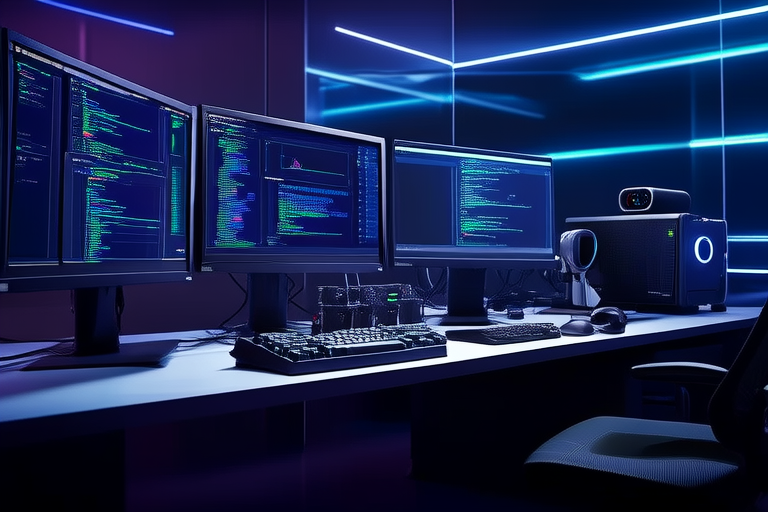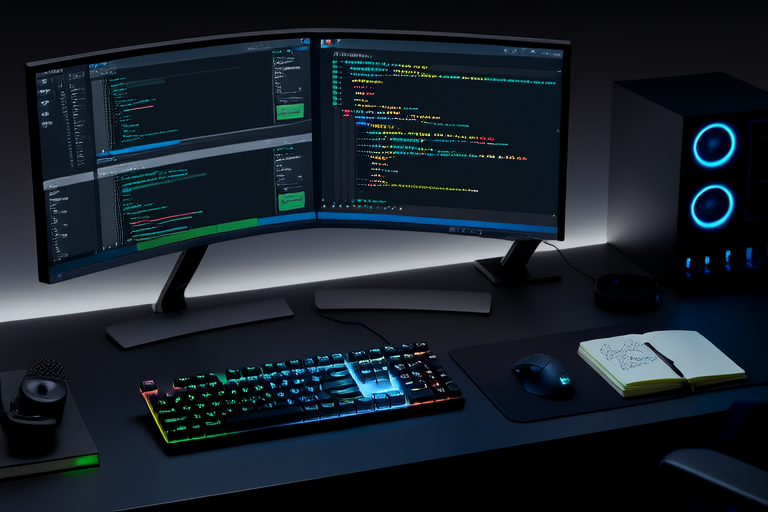The Future of Software Development: Trends to Watch in 2023
Introduction
Software development has evolved rapidly over the years, transforming from simple applications to complex systems that power nearly every aspect of modern life. As technology continues to advance, staying updated with emerging trends becomes crucial for developers and businesses alike. The field of software development is not only about writing code but also about leveraging innovative technologies to solve real-world problems efficiently.
In this article, we explore key trends that are shaping the future of software development in 2023. From artificial intelligence and machine learning integration to sustainability initiatives, these trends highlight the dynamic nature of the industry and offer insights into what lies ahead.
Key Trends in Software Development for 2023
1. Artificial Intelligence and Machine Learning Integration
Artificial Intelligence (AI) and Machine Learning (ML) are increasingly becoming integral parts of software development. These technologies enable developers to create smarter, more adaptive applications that can learn from data and improve over time.
Industries such as healthcare, finance, and retail are seeing significant impacts from AI and ML. For instance, AI-driven algorithms are revolutionizing diagnostics in healthcare by analyzing medical images and patient data to provide accurate predictions. In finance, ML models help detect fraudulent transactions and manage risk.
While the benefits are numerous—such as improved accuracy, personalization, and efficiency—there are also challenges. Issues like data privacy, ethical considerations, and the need for skilled professionals pose hurdles that must be addressed.
2. Low-Code/No-Code Platforms
Low-code and no-code platforms have gained popularity due to their ability to accelerate application development without requiring extensive programming knowledge. These platforms allow users to build applications visually using drag-and-drop interfaces.
The primary advantage of low-code/no-code platforms is the speed at which applications can be developed. They also increase accessibility, enabling non-technical stakeholders to participate in the development process. However, there are limitations, such as reduced customization options and potential performance issues.
3. Edge Computing
Edge computing involves processing data closer to the source rather than sending it to a centralized location. This approach enhances performance and reduces latency, making it ideal for applications that require real-time processing.
Use cases include autonomous vehicles, smart cities, and industrial IoT devices. By minimizing the delay between data generation and analysis, edge computing ensures smoother operations and better user experiences.
4. Cloud-Native Architectures
Cloud-native architectures leverage cloud services to build and deploy applications. They offer several benefits, including scalability, flexibility, and cost-effectiveness. Developers can easily scale resources up or down based on demand, ensuring optimal performance while controlling costs.
However, adopting cloud-native approaches comes with challenges. Ensuring seamless integration, managing dependencies, and maintaining security are some of the hurdles that developers may encounter.
5. DevOps Automation
DevOps practices focus on improving collaboration between development and operations teams to deliver software faster and more reliably. Automation plays a vital role in streamlining workflows, enabling continuous integration and deployment.
Advancements in automation tools and processes have made it easier for teams to implement DevOps strategies. Tips for adoption include investing in training, selecting the right tools, and fostering a culture of collaboration.
6. Security in Software Development
With increasing cyber threats, security has become a critical aspect of software development. Integrating security early in the development process helps mitigate risks and protect sensitive data.
Key areas where enhanced security measures are necessary include data protection, compliance, and vulnerability management. Best practices include conducting regular security audits, implementing multi-factor authentication, and educating team members about security protocols.
7. Sustainability Initiatives
The push towards sustainable software development practices aims to reduce the environmental impact of technology. Efficient coding techniques and resource management are essential components of eco-friendly software practices.
Companies leading the way in this area include Google, Microsoft, and IBM, which have implemented initiatives focused on energy-efficient data centers and carbon-neutral operations. By adopting sustainable practices, organizations can contribute positively to environmental conservation.
Conclusion
This article has covered various trends that are set to shape the future of software development in 2023. From AI and ML integration to sustainability initiatives, these trends underscore the importance of continuous learning and adaptation in an ever-changing industry.
To remain competitive, developers and businesses must stay informed about new developments and trends. By embracing innovation and adopting best practices, they can ensure their products meet the needs of users while contributing positively to society and the environment.




